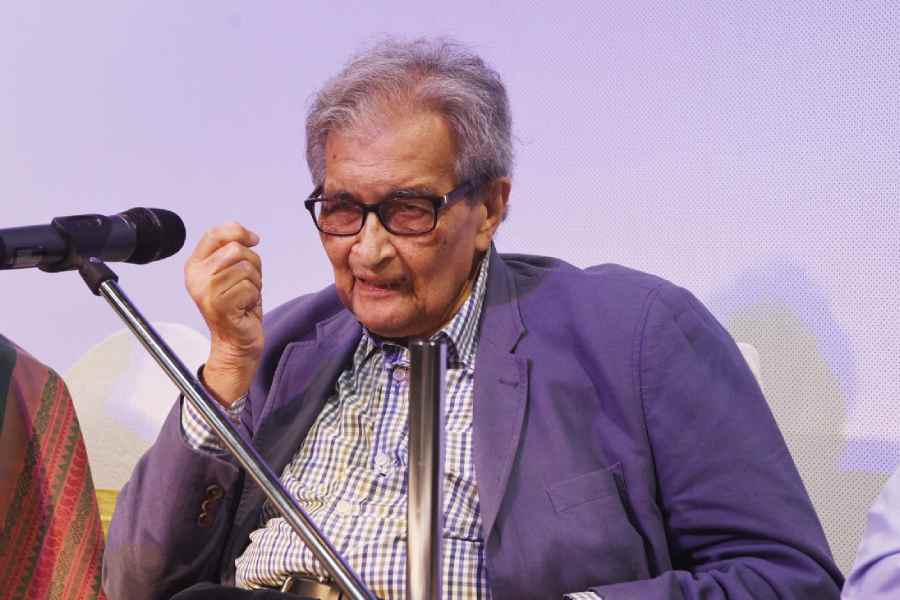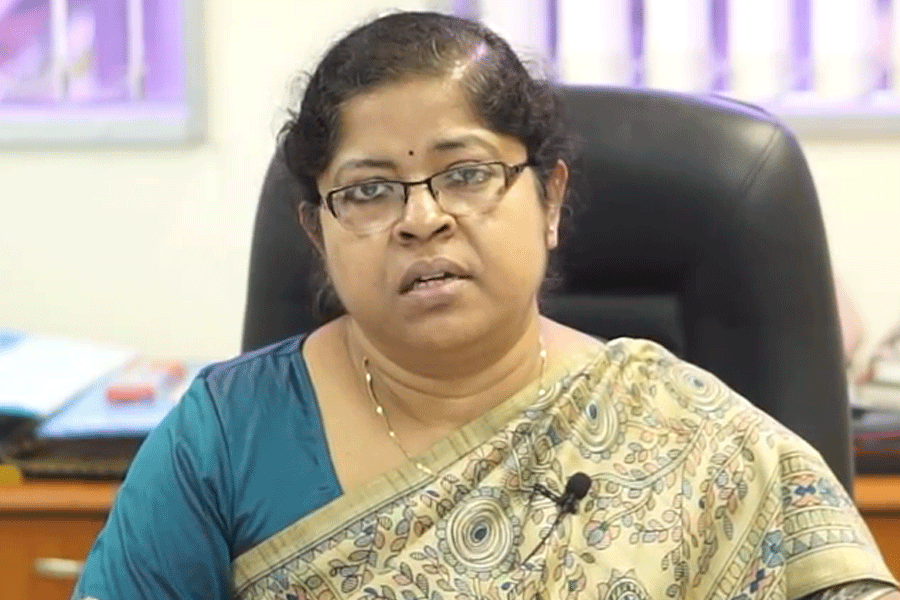Storytelling can be used to enhance cognitive skills among children - not only listening, but also reading and speaking. The age-old tradition of storytelling, with its innumerable benefits, enhances critical imagination among children. Any difficult concept can be communicated to them through storytelling - they can be given important lessons of history and the fear of mathematics could be easily eliminated through story-based teaching. Elaborating on the power of stories, a Bangalore-based storyteller, Ameen Haque, argues that stories are often equated with fiction and falsehood, but the most powerful and compelling stories are based on true incidents, be it the story of Mahatma Gandhi or Nelson Mandela. Most of us remember our favourite childhood stories clearly, but may not recall the complex theories or principles we learned in our graduation classes.
Storytelling involves almost no cost, and is available in multiple forms. In spite of its proven acceptability all over the world, in the last few decades, this educational tool has taken a backseat when it comes to teaching children. This is not the fault of the children; the changing lifestyles of their parents and the growing dependence on gadgets and technology among the kids are responsible for this. But the universal appeal of the story still holds true amidst growing digital distraction.
To improve the quality of learning among primary school children in West Bengal, where storytelling can be used as an important tool, a workshop was jointly organized by Siksha Alochona, Pratham Books, the Centre for Child Rights (National University of Juridical Sciences) and Pratichi Institute on February 18. About 30 teachers, all members of Siksha Alochona - a teacher's platform - were part of the workshop. Using digital tools, Pratham Books has come up with a unique platform called StoryWeaver, which is registered under Creative Commons. It hosts thousands of stories, covering broad themes and content which are contributed by teachers.
Students, too, can contribute to content development. A primary teacher in a government school uses an innovative strategy to engage kids in story development - a few flash cards are distributed to initiate the discussion among children and the rest of the story is often eloquently woven by the children themselves.
A section of teachers feels that over-dependence on text-centric syllabi often curtails the learning from our immediate neighbourhood, and that students learn about local history and geography through storytelling sessions without actually being burdened by texts.
Many stories are voluntarily translated into other international and regional languages. As the platform already offers thousands of educational tools along with images, teachers can use these for classroom teaching.
The main attraction for the teachers in this exercise is that they, too, can contribute. With the help of small exercises, they developed their own story and uploaded it onto the platform. A group of teachers have recently developed flash cards using the images from the platform on developing a habit of cleanliness among the students.
Some fascinating stories were also translated into regional languages. Teachers are also keen to develop stories drawn from local culture and tradition. While they admit that the lack of digital infrastructure, like computers and internet connectivity, will pose some challenges in accessing the digital storytelling platform, they are determined to overcome the barriers using affordable devices.
Ruchira Goswami, who heads the Centre for Child Rights, emphasizes that storytelling can be used for communicating the important concept of human rights, including child rights, to children. With an increase in cases of child sexual abuse in recent times, there is an urgent need to teach kids about these issues through storytelling.











